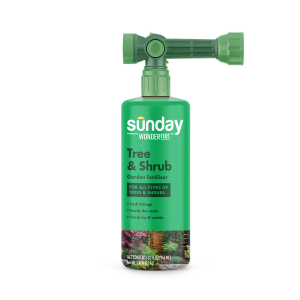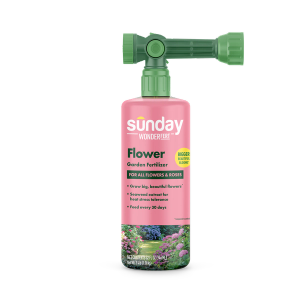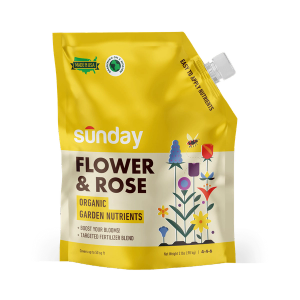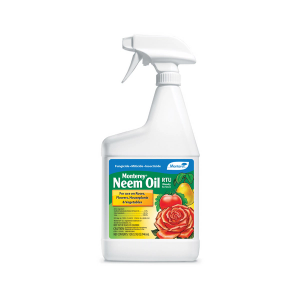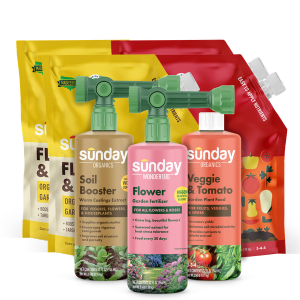What are plant hardiness zones?
Plant hardiness zones are regions separated by average extreme minimum temperatures. Hardiness zones help gardeners determine which plants will thrive at a particular location, based on whether they can survive the cold temperatures typical for that area.
How to find your plant hardiness zone
- Determine what zone you’re in by searching for your address on the USDA Plant Hardiness Zone Map.
- Check plants for their labeled hardiness zone range.
- Use hardiness zones as a guideline to select plants for your garden - then prep your garden beds and get planting!
It’s that easy!
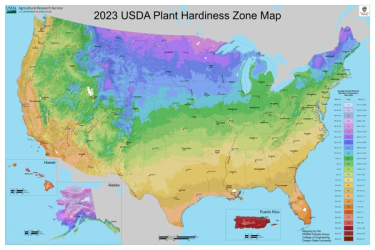
Exceptions to the rule
While you can select plants that fall outside of your hardiness zone, just know that they might struggle with any cold snaps you might encounter, will likely require some extra care, and may not persist after the growing season is over.
Sunday Tip:
You might have a little more wiggle room with potted plants, which can be protected from frost or cold snaps by moving them into the garage or home until the freeze passes.
Help your garden thrive
Keep in mind that plant hardiness zones are a guideline, not a guarantee. They represent the average low temperature for an area, not the coldest temperature ever recorded. Many other factors will determine a plant’s success. When selecting plants for your garden, you also want to consider:
- Growing season length
- Heat tolerance
- Light requirements
- Watering needs and moisture availability
- Soil conditions, soil test results, and fertilizer needs
- Unexpected weather that can impact plants like wind, humidity, and frost
Cited sources
USDA. USDA Plant Hardiness Zone Map.








